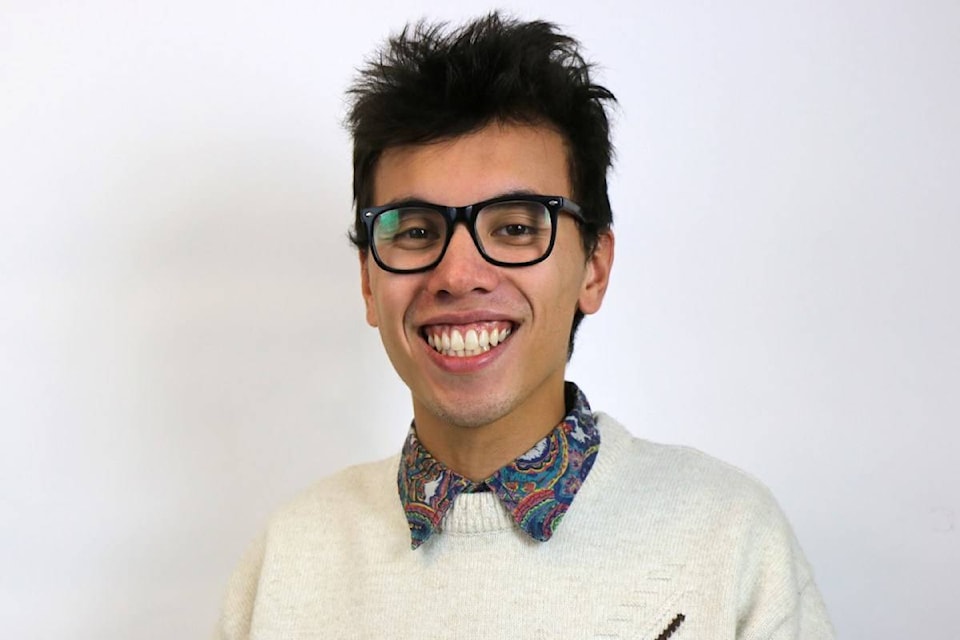Last week, I had separate conversations with Nasukin Jason Louie of the Lower Kootenay Band (LKB) and Mayor Ron Toyota of the Town of Creston regarding each party’s bid for Kinsmen Park. Both spoke of their interest in the property, what it has to offer and what their land development plans are.
For the town, the property offers a number of recreational opportunities and prompts more community development, such as the prospect of a child daycare building. Tennis courts, affordable housing units and a refurbished soccer field are also included in their proposal.
For the LKB, being the successful applicant means reclaiming yet another piece of land that was stripped from them, and offers a learning opportunity for the greater community. By using the space to build residences for Band members, this will lead to more Yaqan Nukiy neighbours who actually live in town, which can then lead to the creation of more dialogue between Band members and non-Band members.
Both proposals serve each party’s stakeholders well. Each has the intention of strengthening and growing community. But only one truly offers a chance to heal the past and change the narrative for the future.
READ MORE: Lower Kootenay Band, Town of Creston submit proposals for purchase of Kinsmen Park
As noted in 1876’s Indian Act, reserves were created “for use and benefit of Indians.” After colonization, the federal government thought that it was fair to set aside a piece of property for distinct Indigenous groups after stripping and occupying their traditional lands.
So for the LKB, reclaiming Akiktunam — the traditional Ktunaxa name of the land that the park sits on — is not only a means of taking back what was taken from them, but it offers the chance to break free of the notion that Indigenous people are limited to living on reserves only. By shattering this medieval concept, hopefully this helps to erase the image of Indigenous people as “the other” in society.
It’s clear to see the gap between several residents in town and Canada’s Indigenous population as a whole. I have heard and I have read the ignorance and racism spewed by some community members about Indigenous people, and it’s disappointing really. Creston is a beautiful town full of wonderful people who will do anything to better the community, and bettering the community means working with all members regardless of their background.
Creston needs more Indigenous faces in town to mend that gap. As non-Indigenous Canadians, we can learn from them and they can learn some things from us too.
As I write this on Monday, Sept. 21, a decision for the property owner has not yet been made by School District 8 Trustees. They are going to the table tomorrow, and the successful applicant will likely be named sometime this week.
Regardless of the outcome, I hope that both the LKB and the Town of Creston are able to come together and find a way to make sure that both parties are satisfied with the development of the property.
Whatever happens, it’s important to remember that we are living in the age of truth and reconciliation. We need to be working towards empowering and strengthening members of Canada’s Indigenous population. If we’re serious about reconciliation, we need to act. Words aren’t enough.
Do you have something to add to this story, or something else we should report on? Email: aaron.hemens@crestonvalleyadvance.ca
@aaron_hemens
aaron.hemens@crestonvalleyadvance.ca
Like us on Facebook and follow us on Twitter.
